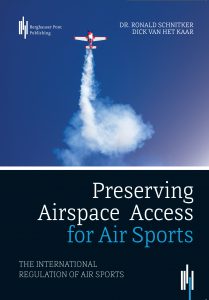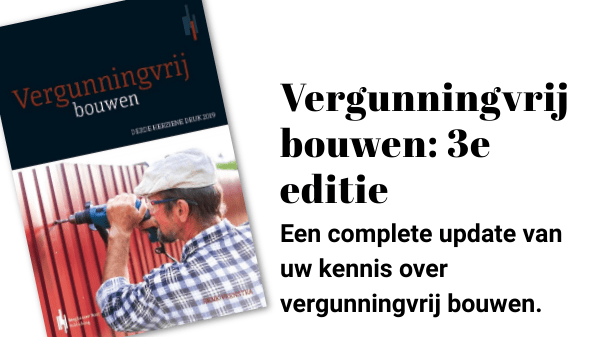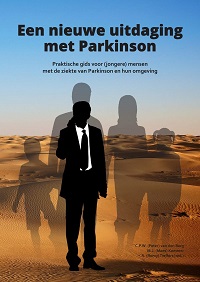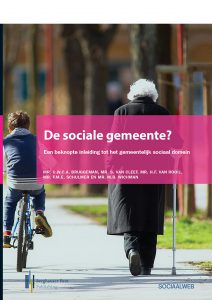The 112th FAI General Conference, which took place in Luxor, Egypt, on 26 and 27 October 2018 included the signing of a new FAI Manifesto: Preserving Airspace Access for Air Sports. The Manifesto aims to protect the rights of all air sports enthusiasts to continue practicing their sports – something that is becoming more and more difficult as our skies become increasingly crowded.
Ronald Schnitker, President of the Royal Dutch Aviation Association (KNVVL), who conceived the Manifesto wrote also a book about this subject. He wrote this book together with Dick van het Kaar, chairman of the legal committee of the KNVvL.
All delegates of the conference received a copy of this book. After the conference the book found its way to international organizations like EASA and ICAO. Patrick Ky, Executive Director of EASA, declared the book as being of great importance to aviation.
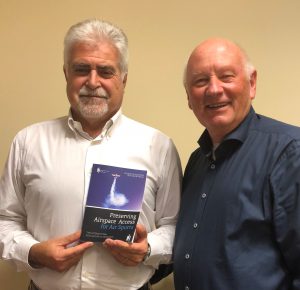
What exactly did you decide to write this book?
Ronald Schnitker: During the 111th FAI General Conference, held last year at Lausanne, I have held an introduction about the increase of airspace restrictions for air sports, due to the fact that more and more airspace will be reserved for commercial and military aviation. This poses a serious threat to the continued existence of air sports, not only in the Netherlands but certainly also in many other countries. I then proposed to draw up a manifesto, in which National Aero Clubs advocate equal rights for the shared use of airspace.
My proposal received much acclaim, and I was invited to draw up the manifesto. I have done that and thereby realizing that the rights of commercial and military aviation are well established worldwide, however, the rights of air sports are unfortunately underexposed. In the legal literature too little or no attention at all is paid to this particular fact. One has forgotten that the very first aviation rules were established by the National Aero Clubs in the beginning of the last century.
It seemed a good idea to once describe the position of air sports in view of international aviation regulations. I managed to interest Dick van het Kaar, also a pilot and lawyer, to write this book together to draw attention to the position of air sports.
Dick van het Kaar: Aviation regulation is now mainly intended for commercial and military aviation. It is time for regulators to become aware of the fact that air sports need more proportional regulations tailored to this specific aviation group. Fortunately, EASA has already recognized this important issue.
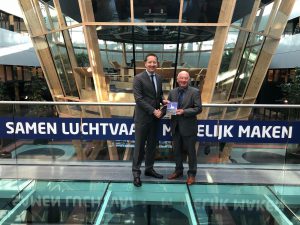
What is the book about?
Ronald Schnitker: The book starts with the genesis of aviation, the pioneering years and the need for National Aero Clubs to regulate aviation safety. The FAI, founded in 1905, was the first organization that started issuing licenses. Years later, governments have adopted these original safety rules when preparing their first aviation laws. Virtually all aviation rules are based on the Convention on International Civil Aviation, also known as the Chicago Convention.
This treaty was drafted in 1944 to enable uniform aviation regulation throughout the world and to promote civil aviation following World War II. Fifty-seven years later, this treaty has hardly changed and it is still the keynote for commercial aviation. Regarding air sports, one is dependent on national governments for rulemaking, and thus the opportunities and potentials for air sports may significantly differ from State to State.
Dick van het Kaar: Furthermore, the book deals with the threats to global air sports. Less airspace, disporoportional regulations, excessive fees and extortionate nature protection. Exactly those areas where air sports are entitled to equal treatment in all their facets. By imposing airspace restrictions, more and more air sport practioners are now being pushed aside. A development that not only worries the Royal Netherlands Aeronautical Association, but many other FAI member States as well.
We are of the opinion that air sports should not be excluded from the airspace, but that regulators should do better to see in what manner air sports could use the same airspace. Therefore, it is necessary for regulators and air traffic controllers to have the right mindset. I am pleased with the statement of Patrick Ky, Executive Director of EASA, made during the EASA Conference at Vienna in November 2018, that everybody in principle should be able to us the same airspace. In fact, he aknowledges therewith the right of air sports on shared use of airspace.
What conclusions do you draw?
Ronald Schnitker: Globally, air sports have the right to adequate airspace to be able to function properly, incidentally in good balance with other airspace users. Flexibility in the use of airspace is a prerequisite.
Dick van het Kaar: In addition, adjustment and simplification of regulations is deemed necessary, but also only possible when aviation organizations and national authorities cooperate. The global aviation industry can today and in the future tremendously benefit from the ambitions of air sporters.
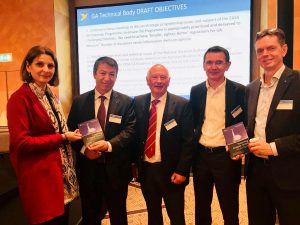
How is the book received?
Ronald Schnitker: The book was first presented during the recent FAI Conference at Luxor, Egypt in October 2018. The book was received with great enthusiasm and many delegates asked for an extra copy to be able to present it to their national governments. Thereafter, the book was presented during the EASA Annual Safety Conference in November 2018 at Vienna, where the book was praised by Patrick Ky as being of great importance to aviation. That same opinion is attached to Andrea Anesini, President of European Air Sports (EAS) to whom the book was presented during the EAS Meeting of National Presidents. The book has already found its way to the European Commission and ICAO.
Dick van het Kaar: We are pleased with the great interest in this book. Apparently, many people have been waiting for such a book. Hopefully, it contributes to a better understanding of air sports throughout the world.
Preserving Airspace Access for Air Sports
Preserving Airspace Access for Air Sports can be purchased in our webshop for €19,95 and is shipped globally.
